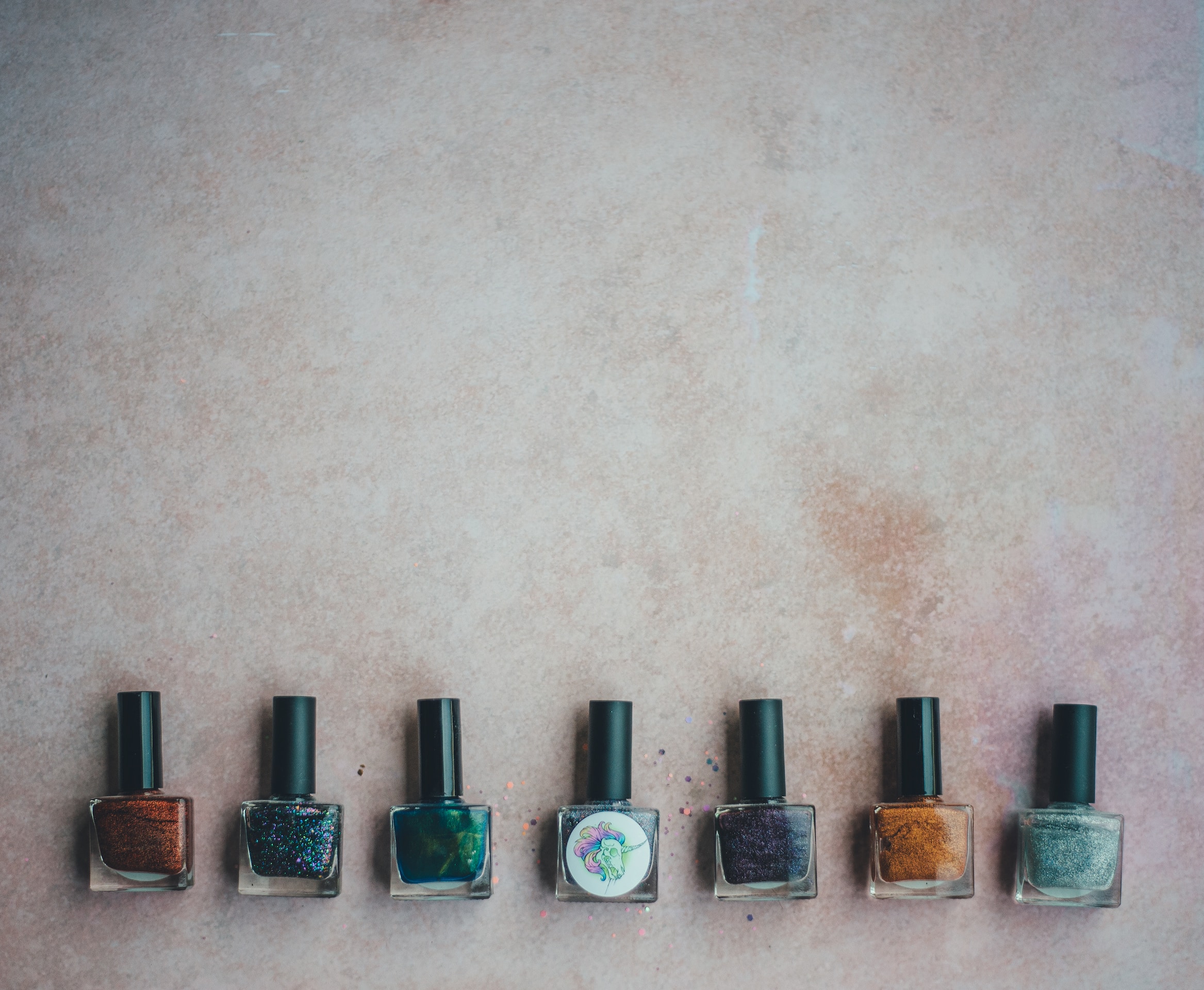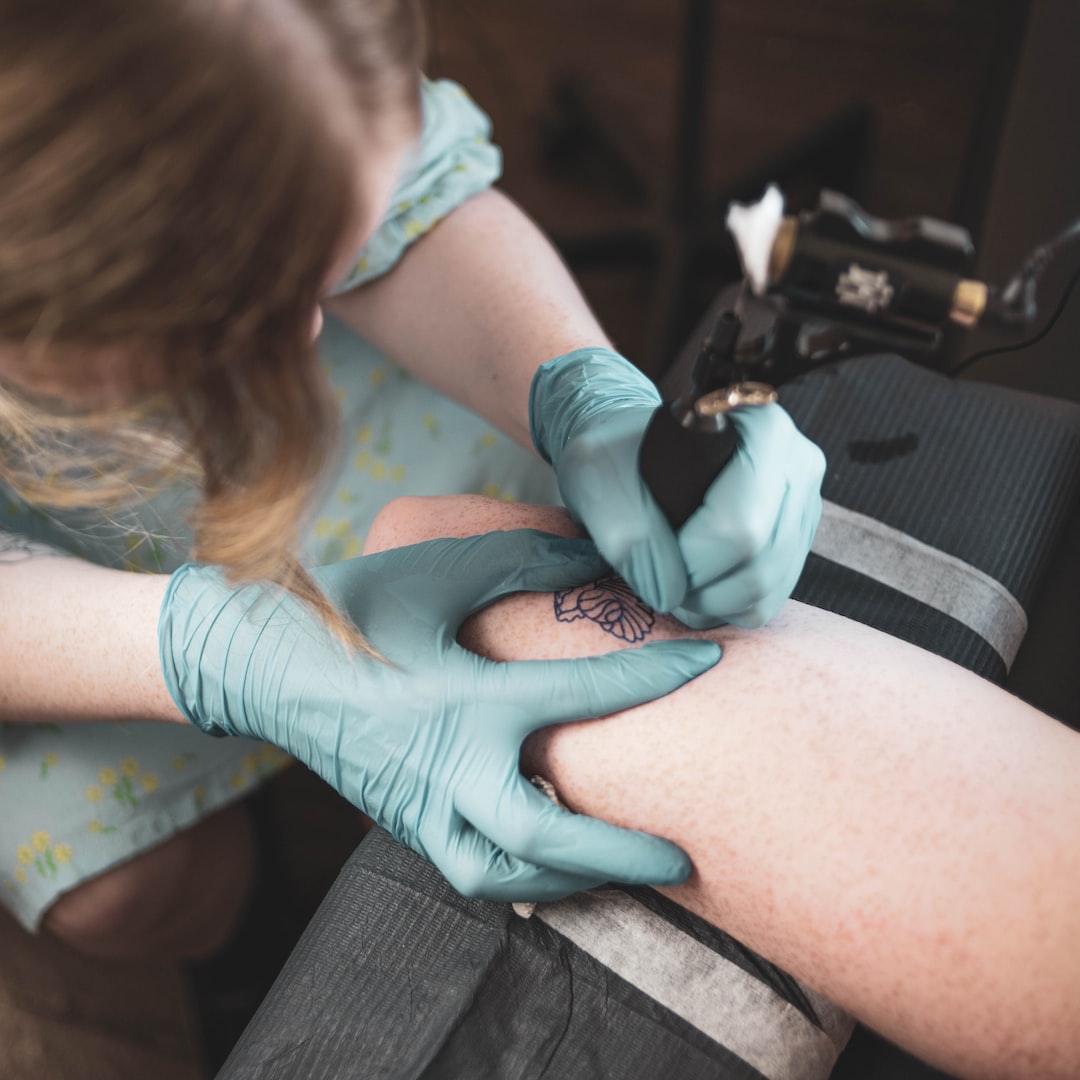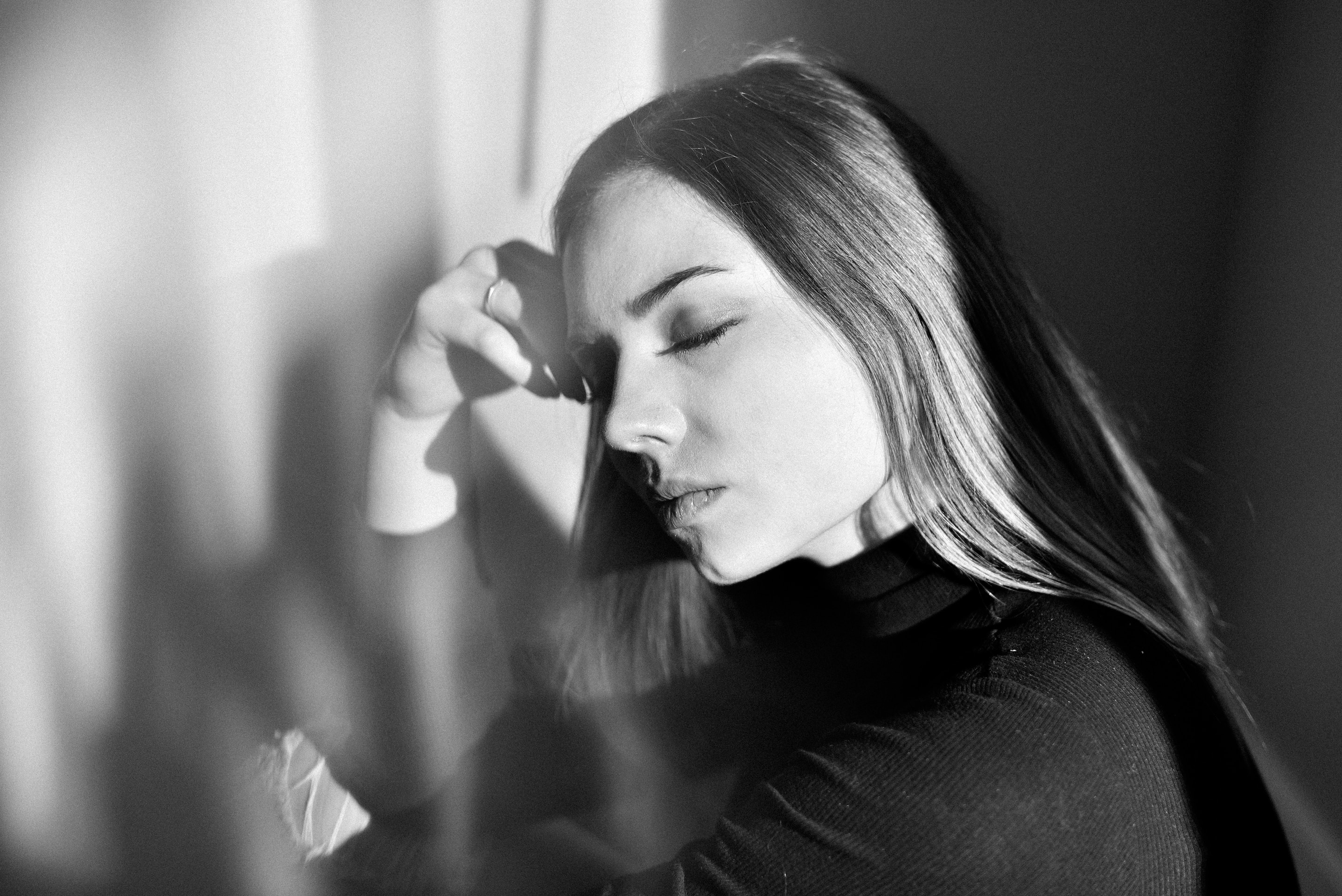
Introduction:
Microblading is a popular cosmetic procedure that involves tattooing the eyebrows to create fuller, more defined brows. Many individuals are curious about the longevity of this procedure and how long the effects typically last. In this article, we will discuss the factors that affect the duration of microblading and provide an estimate of how long the results can be expected to last.
Factors affecting the duration:
Several factors can influence how long microblading lasts, including:
- Skincare routine: Proper aftercare and maintenance can significantly extend the lifespan of microblading. Following the technician’s instructions and avoiding excessive sun exposure or the use of harsh skincare products can help preserve the results.
- Skin type: Different skin types react differently to microblading. Those with oily skin may experience faster fading compared to individuals with drier skin.
- Pigment color: The chosen pigment color can affect the longevity of microblading. Darker shades tend to last longer, while lighter colors may fade more quickly.
- Immune system: Each person’s immune system is unique, and individual responses to microblading can vary. Those with stronger immune systems may experience slower pigment breakdown and longer-lasting results.
Estimated duration:
On average, microblading results can last anywhere between one to three years. However, it is important to note that individual results may vary. Touch-up sessions are typically recommended every 12-18 months to maintain the desired look.
Aftercare tips to extend the lifespan:
To maximize the longevity of microblading, consider the following aftercare tips:
- Avoid excessive moisture: Do not excessively wet or soak the treated area, especially during the healing process.
- Avoid sun exposure: Protect the eyebrows from direct sunlight by wearing hats or using sunscreens with high SPF.
- Avoid skincare products: Avoid using products containing retinol, glycolic acid, or other harsh chemicals on the treated area.
- Apply aftercare products: Follow the technician’s instructions on applying any recommended aftercare products, such as ointments or moisturizers.
- Avoid picking or scratching: Refrain from scratching or picking at the scabs that may form during the healing process, as this can cause pigment loss.
Conclusion:
Microblading can provide individuals with fuller and more defined eyebrows. While the duration of microblading results can vary, proper aftercare and regular touch-up sessions can help extend the lifespan of the procedure. Remember to follow the technician’s instructions and consult a professional for personalized advice.








